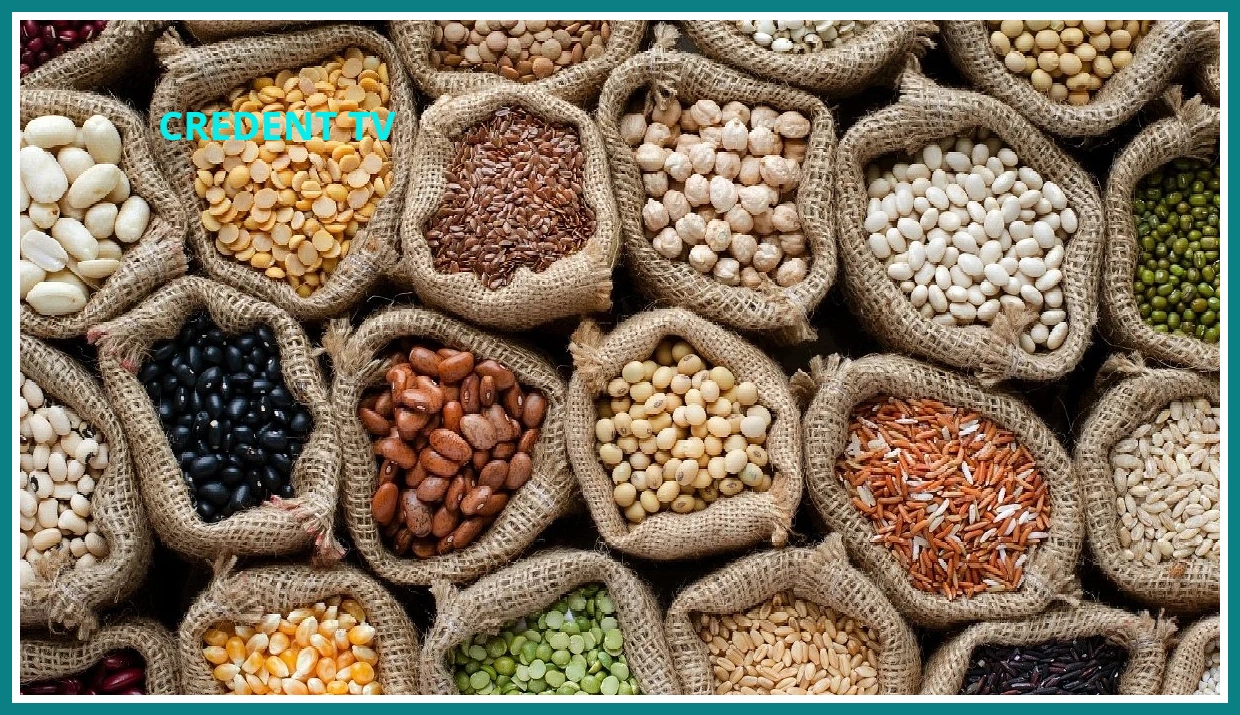Health
The date, theme, significance, and history of World Pulses Day in 2024
Published
3 months agoon

World Pulses Day is observed annually on February 10th, with the aim of acknowledging the vital role that pulses play in advancing food security
Every year on February 10th, the global community celebrates World Pulses Day, an event dedicated to highlighting the essential role of pulses in fostering food security, nutrition, and sustainable farming practices. The focus of this year’s topic, “Pulses: Nourishing Soils and People,” is on the double advantages that pulses offer: they improve soil health and give humans vital nutrients. It’s a day to honor the humble pulse, which is essential to both human and ecological health in addition to serving as a food source.
Knowing Pulses: The Nutritional Building Blocks
What Do Pulses Mean?
The edible seeds of plants in the legume family are known as pulses or legumes. They include a broad variety of beans, lentils, and peas that are prized for their high nutritional content and adaptability in a variety of global cuisines. Pulses are a staple of cuisines all throughout the world, from the Mediterranean’s hummus made of chickpeas to India’s lentil dals. Pulses are distinct in that they do not include non-food legumes or green-harvested crops; instead, they support nutrient-dense diets and sustainable farming practices.
Read also:-Pyarelal Sharma is honored with the Lakshminarayana International Award
The Value of Bullets
Pulses are essential for a number of reasons.
Nutritional Benefits: Packed with fiber, vital vitamins, and plant-based proteins, pulses are a vital component in the fight against malnutrition and the promotion of general health.
Agriculture that is sustainable: Their relevance in sustainable farming practices is highlighted by the fact that they are nitrogen-fixing crops that improve soil health, lower the demand for synthetic fertilizers, and use less water.
Economic Benefits: By boosting smallholder farmers’ incomes, pulses, as an inexpensive source of protein, contribute to food security and rural development.
Environmental Benefits: Pulses are a sustainable option for addressing climate change due to their minimal carbon footprint and capacity to support biodiversity.
The Historical Background of World Pulses Day and Its Origins
The International Year of Pulses (IYP) 2016, a campaign spearheaded by the FAO to increase public awareness of the advantages of pulses, is where World Pulses Day got its start. Burkina Faso suggested World Pulses Day in response to the IYP’s success, and the UN General Assembly formally acknowledged it in 2019. The day emphasizes how pulses can help achieve the SDGs, which include reducing poverty and promoting food security and environmental sustainability.
Honoring Pulses All Around the World
World Pulses Day accomplishes several goals:
Increasing Awareness: It promotes the use of pulses in diets around the world by highlighting their health and nutritional advantages.
Encouraging Sustainable Practices: The day highlights the importance of pulses for soil health and sustainable agriculture.
Boosting Economic Growth: By highlighting the significance of pulses in the agricultural industry, the day promotes chances for farmers to make a living.
Encouraging Research & Innovation: It supports the development of new pulse varieties and growing methods to enhance yields and nutritional value.
Pulses’ Function in Sustainable Development
As a solution to the world’s problems of food security, malnutrition, environmental degradation, and climate change, pulses are at the core of sustainable development. Pulses represent the ideals of sustainability by providing nourishment to both people and soils, showing how agriculture can support both ecological health and human well-being.
You may like
-


YELLOW DAY CELEBRATION
-


Mukesh Khanna calls Zeenat Aman’s live-in relationship post “unacceptable” following Mumtaz and Saira Banu
-


Google and Samsung confirm their collaboration for ‘exciting’ AI-powered experiences
-


Three DAVians selected for Inspire Awards-Manak (I stage)
-


EARTH DAY CELEBRATION AT ST XAVIER’S SCHOOL NEVTA
-


WhatsApp Passkey Support is Available for iPhone Users: How to Set Up

